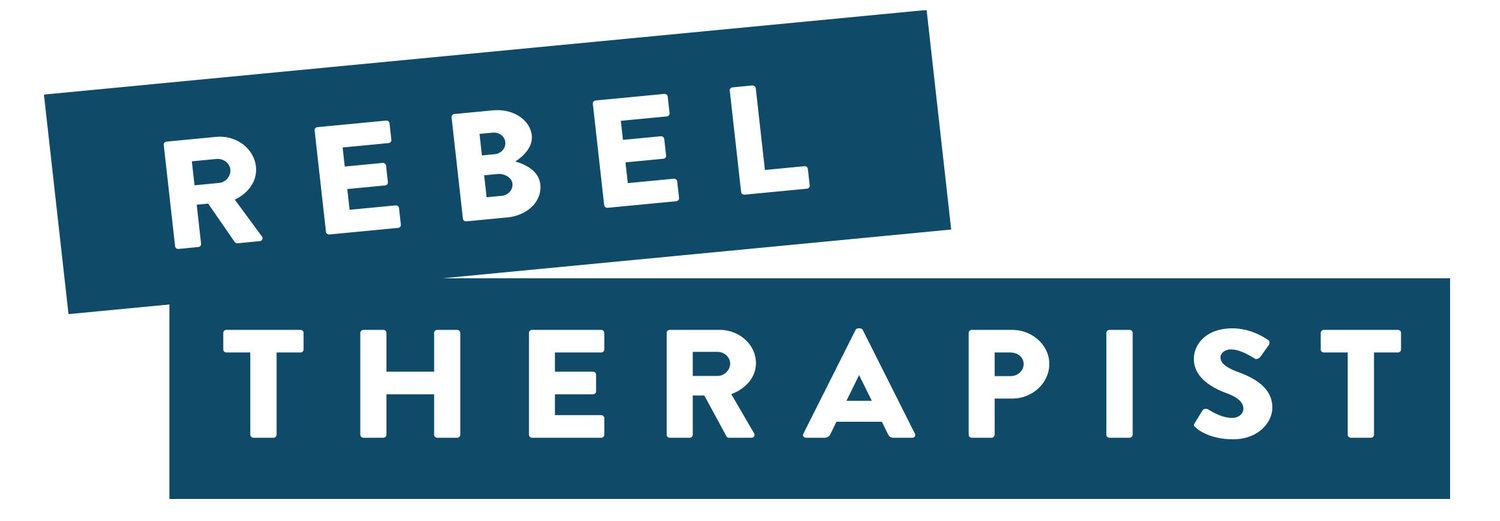Here’s a tool that will help you accomplish more in your business without working harder.
I’ve started using visual goal setting. It’s way more fun and creative than your usual quarterly goal setting. If a to-do list and a vision board had a child, it would be this method.
The chalkboard method was created by life coach Jay Prior. I learned about it from Kathleen Shannon and Emily Thompson of the podcast Being Boss. It’s a way to create intentionality, and it uses the principle “that which is measured improves.” -Karl Pearson (at least he’s one person who said it).
It’s really working for me. I’m hitting my goals and staying inspired every day.
What is the chalkboard method?
Your “chalkboard” or "goal board" doesn’t need to be an actual chalkboard. You can use a big piece of paper or poster board, a chalkboard or a dry erase board. Your board should be big and visible in a place where you’ll see it every day. My “chalkboard” is a big piece of paper taped up to the wall.
At the top of the board, write one big, long-term overarching goal that you’re working towards in your business. Your one big goal should take you from six months to 18 months to accomplish. In my course The Superpower Method For Therapists® Program, I dedicate a lesson to choosing your “one big goal.”
Some examples of a possible one big goal are:
- Fill my practice with an average of 20 sessions per week.
- Earn an average of 12,000 per month.
- Consistently fill my therapy group.
- Write my book.
Then you write a few words that will set the tone for the next three months. Choose words that represent the values you most want to lean into.
Choose between 3 and 6 smaller goals that you want to accomplish in the next 3 months that will move you closer to your one big goal. Visually represent those goals on your “chalkboard.”
Use markers or chalk in your favorite colors. Use illustrations wherever you can. It doesn’t matter if you’re not a skilled artist. If you plan to write a book, draw a picture of a book. If you’re hiring a therapist, draw a picture of a therapist. Stick figures are fine.
Create space on your board for what you want to bring into your business. If you want to bring 5 new clients into your practice in the next 3 months, draw 5 empty boxes or circles. If you want to earn $30,000, you can create a thermometer that goes from 0 to 30,000.
As you accomplish those goals, you’ll fill in the blanks and color in the thermometer.
Leave a space on your board labeled “something else” or “unknown” so that you’re on the lookout for new opportunities.
Here's what a goal board might look like. I created this one for a fictional therapist based on lots of folks I work with.
Here's what this method can do for you:
This process forces you to choose what you need to accomplish most.
When you stick items on a regular to-do list, you might add more than is realistic. When you visualize goals and tasks on your board, you can see exactly how much you’re planning to accomplish.
You step out of ambivalence as you choose your goals and map them out on your board. The decisive action of writing out a goal in large letters helps you commit.
The board helps you remember what’s important.
Working in private practice is isolating. You’ve got some colleagues you can talk to about the clinical stuff. If you’re lucky, you’ve got a few colleagues you can talk to about the business side as well, but no one is holding your business vision with you. With no team members or accountability, it’s easy to let your plans fade into the background. One day you’re excited about some new plans for your business. A few weeks later you can’t remember exactly what you planned, and you can’t find the excitement. Your board can serve as a physical reminder.
You’ll still need your to-do list. This goal board will be your inspiration and your reminder. You’ve got tons of everyday tasks that you need to keep track of, and those shouldn’t clutter up your board.
Every 3 months, or more frequently if you need to, you’ll create a new board. Hold this planning time sacred. Give yourself plenty of time and space. Light a candle, make some tea or have a glass of wine. This is time for just you and your business.
Want more free resources and ideas to build an awesome, unique and profitable private practice? Sign up below and I'll drop something valuable in your inbox each week. I'll never share your email, and you can easily unsubscribe any time.



